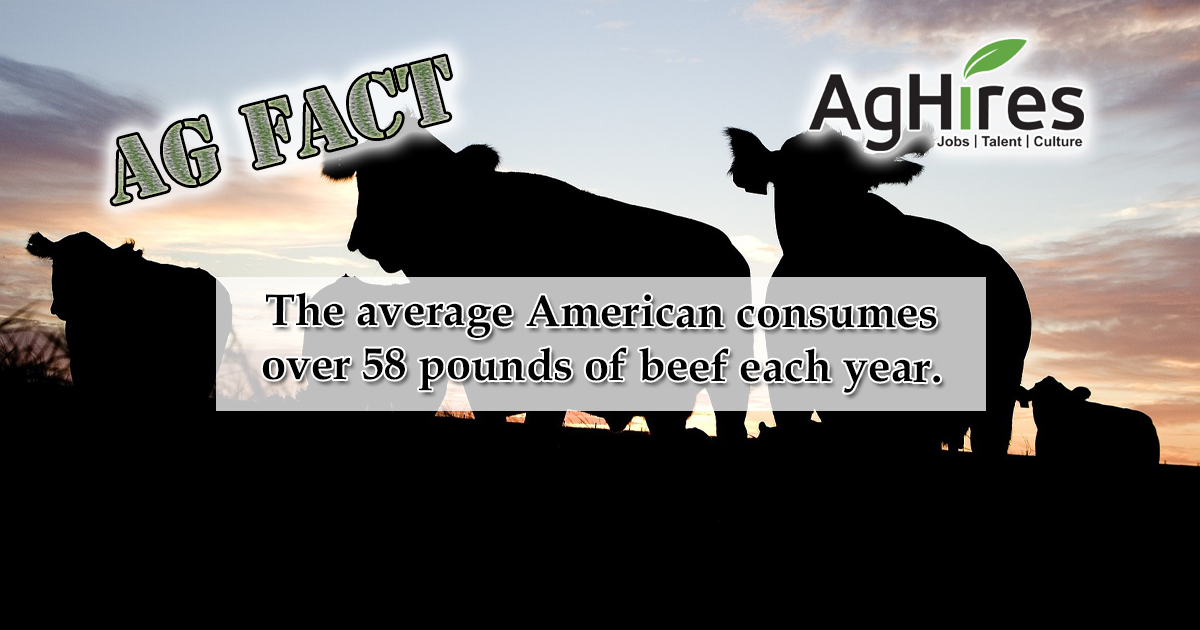
In 2020, the average American consumed over 58.4 pounds of beef, according to the USDA. This is up from 55 pounds in 2016 and forecasters see this trend continuing up. For the last decade consumption of beef was dropping due to rising cost, but it has turned around.
Since the United States has an abundant amount of grasslands and grain supply, it is the world’s largest producer of beef. The fed-cattle industry is divided into approximately two sectors: cow-calf and cattle feeding.
Cattle Cycle
The cattle cycle averages 8-12 years in duration, which is the longest of all meat animals. The cattle cycle refers to recurring increases and decreases in the herd over time that arise due to the biological constraints that prevent producers from instantly responding to price. In most cases, the cattle cycle is determined by the combination of cattle prices, the time needed to breed and raise cattle, and climatic conditions. For example, if prices are expected to be high, producers slowly build up the size of their herd. If prices are expected to be low, producers will reduce their herd size.
Cow-Calf Operations
You can find cow-calf operations throughout the United States. There are usually on land not suited or needed for crop production, however, it depends on range and pasture forage conditions, which depends on average rainfall variations and the temperature in that location. Beef cows harvest their feed from grasslands to maintain themselves with very little grain. These cows live on the pasture year-round, along with their calves until weaned. The average herd is about 43, but operations with more than 100 beef cows compose 9.9% of beef operations and 56% of the beef cow inventory.
Cattle Feedlots
Cattle feedlots are feed grain and other concentrates for 140 days to produce high-quality beef. However, depending on weight, feeding conditions, and desired finish, the feeding period could range from 90 days to 300 days. Most cattle feeding is found in the Great Plains, but some are also found in the Midwest, Southwest, and Pacific Northwest. The majority of feedlots in the United States have a herd of less than 1,000.
Want more Agriculture Facts? Click here
Follow us on Facebook and Twitter to get your weekly dose of Ag Facts.
Sign Up for Our Email Newsletter and get ag facts bi-monthly, plus new jobs in agriculture.
Sources:
USDA.





